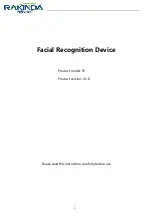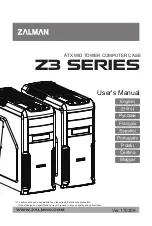
10
VEGAPULS 51K … 54K
21750-EN-031222
Types and versions
2.2 Antennas
The antenna is the eye of the radar sensor.
The shape of the antenna, however, doesn’t
give a casual observer the slightest clue on
how carefully the antenna geometry must be
adapted to the physical properties of electro-
magnetic waves. The geometrical form deter-
mines focal properties and sensitivity - the
same way it determines the sensitivity of a
unidirectional microphone.
Four antenna systems are available for differ-
ent applications and process requirements.
Beside having its own unique focusing char-
acteristics, each system differs in its chemi-
cal and physical properties.
Rod antenna
Rod antennas with high chemi-
cal resistance require only the
very smallest flange diameters
(DN 50). The antenna rod and
the wetted flange parts are
made of PTFE, PP or PPS so
that the rod antenna can be
easily cleaned and provide
resistance to condensation.
The rod antenna is suitable for
pressures up to 16 bar and
temperatures up to 150 °C.
Horn antenna
Horn antennas are well suited
for most applications. They
focus the radar signals very
well. Manufactured of 1.4571
(StSt) or Hastelloy C22, they
are very rugged and are
physically as well as chemi-
cally resistant. They are suit-
able for pressures up to
40 bar and for product tem-
peratures up to 150 °C.
Pipe antenna
The pipe antennas on surge
or bypass tubes only form a
complete antenna system in
conjunction with a measuring
tube (which can also be
curved). Pipe antennas are
especially suitable for prod-
ucts with strong flow or tur-
bulence, or products with low
dielectric constant.
The antenna is available with
or without a horn. Versions
with horn are characterised
by a very high antenna gain.
High measurement reliability
can thus be achieved even in products with
very poor reflective properties.
The measuring tube acts as a
conductor for radar signals.
The running period of the radar
signals changes in the tube and
depends on the tube diameter.
The tube inner diameter must
be programmed in the sensor
so that it can take the altered
running time into account and
deliver accurate level signals.
Summary of Contents for VEGAPULS 51K
Page 1: ...Operating Instructions VEGAPULS 51K 54K 4 20 mA HART compact sensor...
Page 41: ...VEGAPULS 51K 54K 41 21750 EN 031222 Rx VEGAMET VEGALOG Ri 250 250 Ri 250 Set up PLC PLC...
Page 49: ...VEGAPULS 51K 54K 49 21750 EN 031222 Set up VEGALOG VEGAMET Rx...
Page 70: ...70 VEGAPULS 51K 54K 21750 EN 031222 Supplement CE declaration of conformity...
Page 71: ...VEGAPULS 51K 54K 71 21750 EN 031222 Supplement...











































